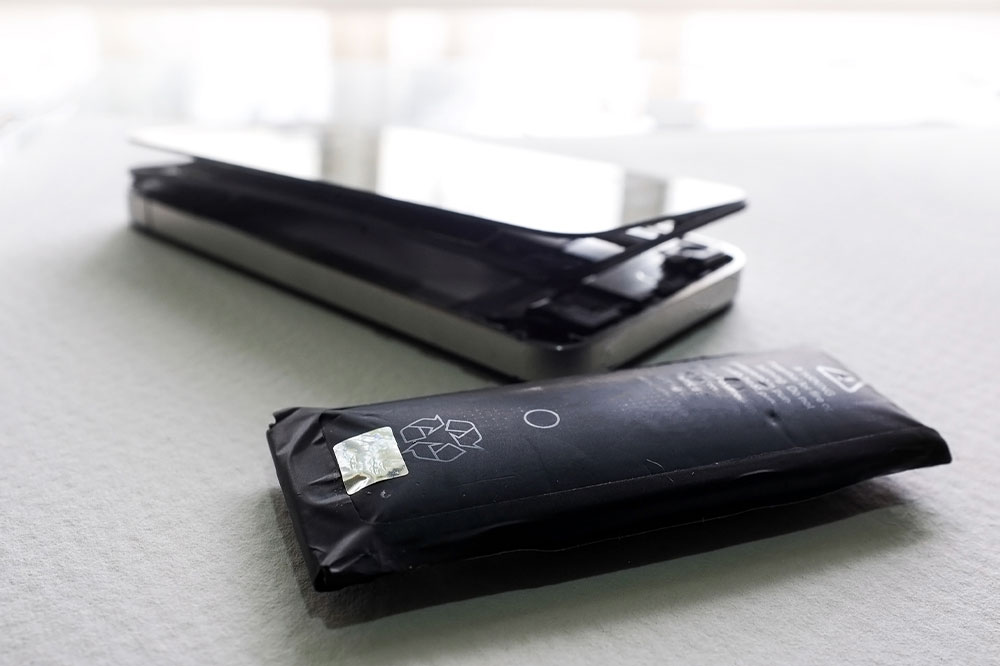Top 5 causes of lithium-ion battery failure

Lithium-ion batteries are the primary power source for a range of devices and industries, such as electric cars, cell phones, computers, solar panels, TV remotes, international space stations, and big media houses. Battery safety and effectiveness are vital, especially with so many devices and industries depending on them. Certain factors can cause lithium-ion batteries to become less effective in performance or undergo damage. So, here are some of the main lithium-ion battery failure causes.
Internal short circuits
Lithium-ion batteries tend to be on the delicate side when it comes to internal components. So, roughly handling them can result in internal short circuits. Usually, when several lithium ions are stuffed in a battery, that can expand and cause mechanical stress that causes issues with its internal insulation. Due to the common nature of this occurrence, internal short circuits are among the leading lithium-ion battery failure causes.
Overcharging
Lithium-ion batteries need to be charged in specific environmental conditions. For instance, it is generally advisable for people to charge lithium-ion batteries at a temperature range of +5°C to +45°C. If they are overcharged, they can suffer damage such as cell rupture or thermal runaway. Additionally, the cathode materials and electrolytes within lithium-ion batteries undergo decomposition and oxidation respectively. As a result, charging batteries for too long or using an improper power source for charging can damage lithium-ion batteries and affect their performance.
Thermal over-stress
As specified above, lithium-ion batteries are incredibly temperature-sensitive. So, if such batteries are used in environments with temperatures above or below the range specified above, they can undergo undesirable lithium plating. Lithium plating can make a battery unfit for use in the medium to long term.
Additionally, heating can also cause battery venting, resulting in the electrolyte in the power source migrating to the circuit board of the battery pack. This can lead to issues such as thermal runaway, a scenario in which the battery irreversibly gets hotter before combusting. Thermal over-stressing is one of the critical lithium-ion battery failures caused across the globe.
Improper cell design
The design of lithium-ion batteries is generally complex. Such batteries contain a number of safety circuits to regulate the voltage, temperature, and current passing through the circuit. A specialized case, known as a wrapper by cell manufacturers, includes the battery cells and the circuit board for battery protection. As one can see, this is a complex set of components, each dependent on one another for proper functioning. If there is an inherent design flaw in any given battery when it is produced, that can have an effect on its life cycle and overall performance.
Improper cell design can lead to lithium-ion batteries losing their effectiveness after short-term usage. Otherwise, such batteries can be overtly prone to damage. Manufacturers conduct a host of tests while producing these cells to avoid such scenarios.
Low-quality battery components
Apart from design defects, the performance of batteries is also compromised when manufacturers use low-quality components to cut costs. This is one of the main reasons why batteries fail. To detect failures caused by such factors, manufacturers can use a specialized battery management system. The system can easily diagnose cell failure, and manufacturers can preemptively make design and production changes to their batteries while in the testing phase.


